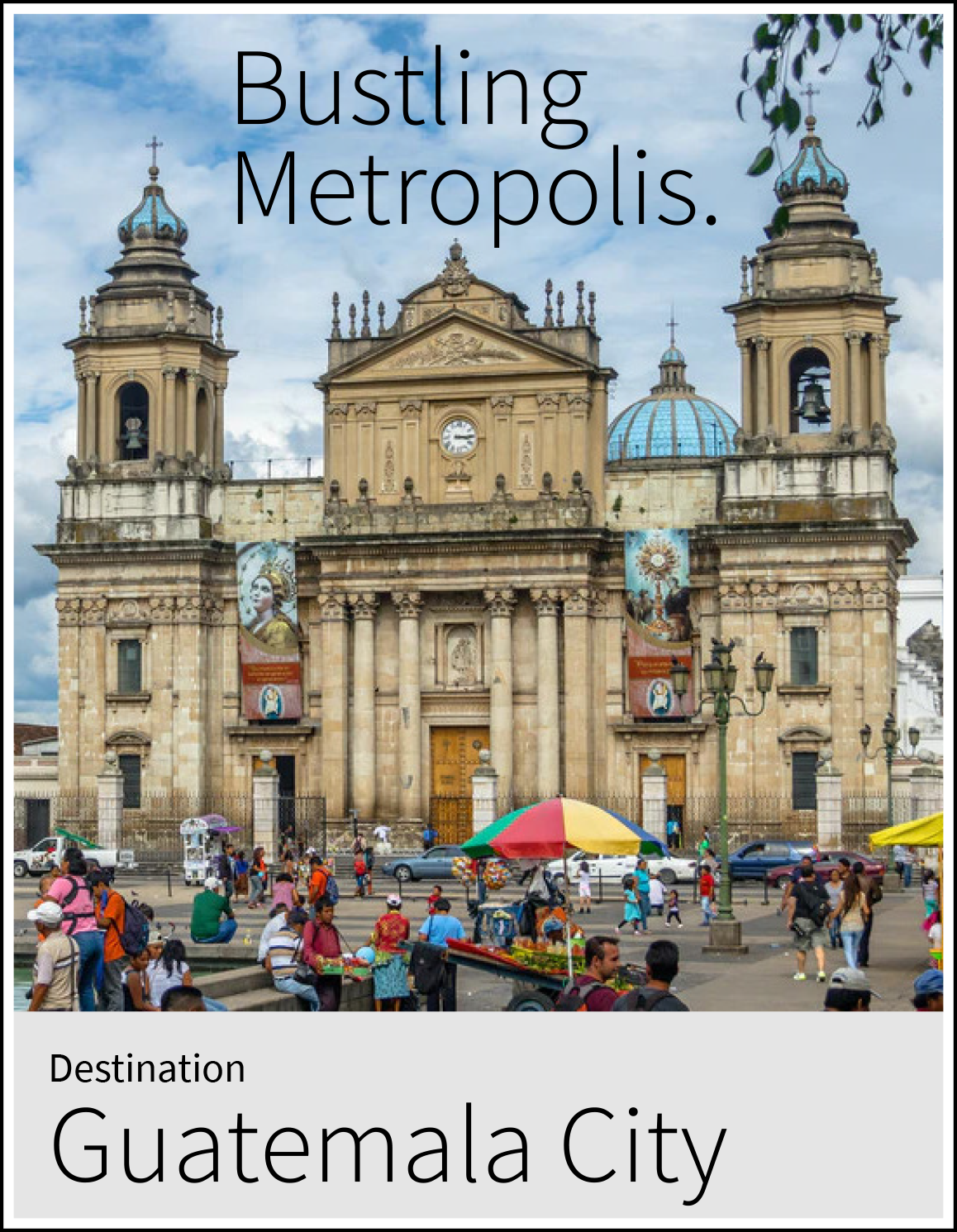Guatemalan Food
Culinary Scene Mayan Culture Street Food Oral Tradition Cacao Cultural Heritage Fusion of Flavors Maize
Guatemalan Food
Guatemala is diverse in so many ways and its culinary scene is no exception in that regard. Over time, an evolving mix of traditional cooking technics with foreign recipes from Europe have created an extraordinary and varied cuisine. From spicy slow-cooked stews to maize-based beverages and snacks, Guatemalan food is a delight to all senses.
Among the typical native ingredients are beans, corn, chilies, dry seeds, cilantro and tomatoes (red and green). Together with the Spanish colonization, new ingredients arrived in this region and the fusion of flavors began in the first half of the 16th century. In Guatemalan cuisine, the traditional dishes will vary depending on the region and the time of the year. Some meals are seasonal, others are prepared only for specific events whereas others are part of the local’s daily life. Guatemalans have kept their original recipes for generations and today, the authenticity of their dishes is the result of decades of well-preserved oral tradition.
Corn or maize is the staple food in Guatemala and Central America. This native ingredient has been domesticated since around 5,000 years ago and many locals hold it sacred. Today, you will find all sorts of corn-based products around Central America. The most typical one is, of course, tortilla – a flat piece of maize-dough warmed up on the griddle. Tamales are also very traditional and consist of maize-dough filled with meat and sometimes covered with tomato sauce; then wrapped in corn or banana leaf and steamed until cooked. There is a wide variety of tamales across the region and you can enjoy them as main or side dish. In general, all maize-based titbits and beverages are very popular among Guatemalan street food thanks to the marvels of this pre-hispanic ingredient. Corn is abound at the moment of cooking, it’s a fairly cheap product, you can find it all year round and it has a lot of nutrients to load up on the energy you need every day.
Another important ingredient to the local Guatemalan cuisine is Cacao. Since ancient times, cacao has represented an integral part in the Mayan way of living. Today, many traditional dishes mix the exotic beans with chilies and vegetables, creating flavors and textures beyond anyone’s expectations.
In order to safeguard the importance of the local culinary scene, the Government of Guatemala declared three dishes (stews), two elaboration processes (cacao and maize drink) and one dessert (mole) as Intangible Cultural Heritage of the Nation. These cultural delicacies can be found in their place of origin – usually in different regions across the country or at the traditional restaurants in the big cities or towns.
If you want to enhance your foodie experience and would like to try any of these important Guatemalan dishes, here are the names and relevant information of each of them:
Stews: Kaq Iq (Coban in Alta Verapaz), Jocon (Western Highlands) and Pepian (Chimaltenango, Central Highlands).
Elaboration Processes: Chocolate from Mixco (Central Guatemala) is a hand-made artisan process where knowledge is passed-on from generation to generation. Pinol (Central Guatemala) is a maize-based beverage that can be drunk warm or cold.
Dessert: Mole is a sweet chocolate-chili sauce that covers ripe fried plantains. As opposed to the Mexican mole (salty), this traditional dessert can be found almost everywhere and is the perfect bite to eat to quench the sweet appetite.
Many of the traditional Guatemalan dishes are still cooked on wood stove. Locals prefer this practice above any other option since it gives the food a smokey savor that heightens the flavor of many dishes. There are hundreds of different culinary specialties around the country – native ingredients, technics inherited from our forefathers and a cultural influence distinguish Guatemala’s gastronomy from the rest.




